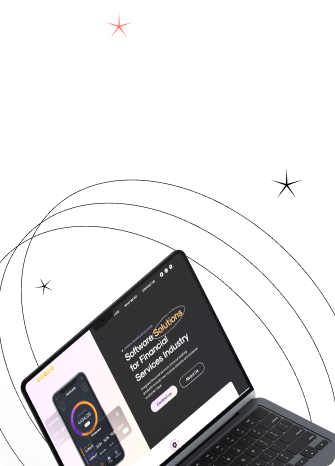In today's fast-paced and dynamic world, businesses need to adapt and evolve to stay ahead of the competition continuously. This is especially true in the field of design, where traditional methods can often be slow and rigid. Enter the design in Agile– a revolutionary approach that offers numerous benefits and can potentially transform the way design projects are executed.
According to a 2021 survey by the Project Management Institute, 71% of organizations have reported using agile approaches sometimes, often, or always, highlighting the growing shift towards this flexible methodology. Moreover, companies adopting Agile methodologies have seen a 60% improvement in project success rates, as noted in a VersionOne State of Agile report. This underscores the significant impact that integrating Agile principles into the design process can have on efficiency, innovation, and overall project success.









